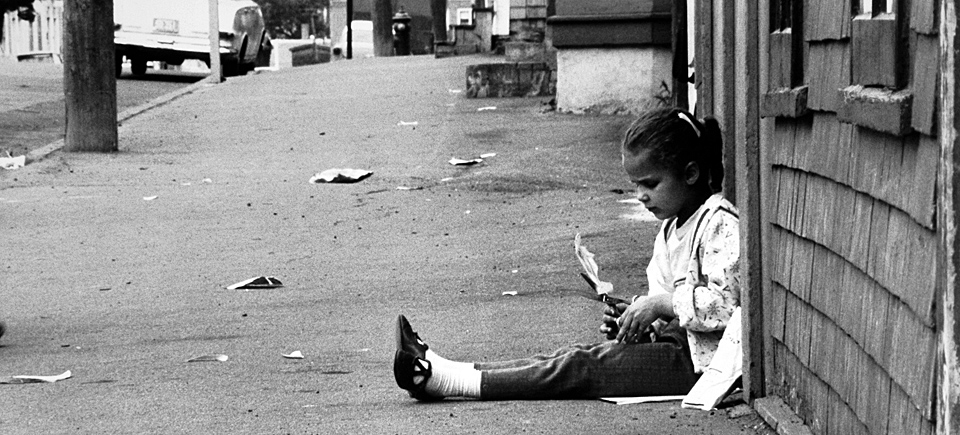
Photo Friday | Filming with Montreal’s Urban Poor in the 1960s
Photo Friday | Filming with Montreal’s Urban Poor in the 1960s
The NFB was always cutting-edge.
Between 1967 and 1980, its activist documentary program Challenge for Change produced almost 250 films and videos to confront a wide spectrum of issues, from poverty to sexism to marginalization.
Coming into and working with low-income communities, the program used video recordings and closed circuit television to stimulate social debate and action. Among the first to exploit portable video, its filmmakers worked alongside all sorts of groups, ranging from Black students, to fishermen, to schoolchildren.
Montreal’s Pointe Saint-Charles neighbourhood was one of these hard-hit communities. There, children from Lorne Elementary School were introduced to the Challenge for Change methods in 1968. What happens when kids are given a free hand to make their own films?
Check out these rare pics of a tough neighbourhood in flux. (All images are presented with their original caption.)
*
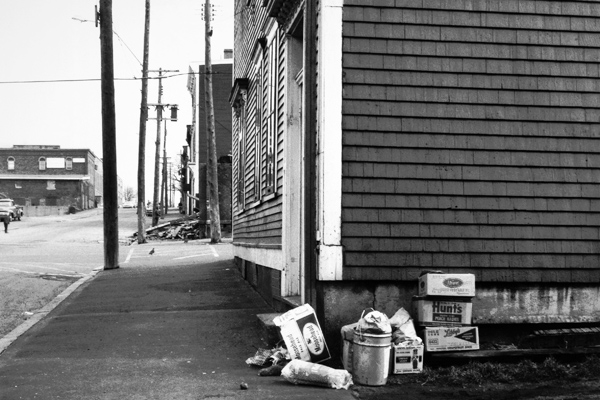
View of littered sidewalks in the slums of a Canadian city.

An elderly man drags wooden planks with a small cart in the streets of a poor Canadian neighbourhood.
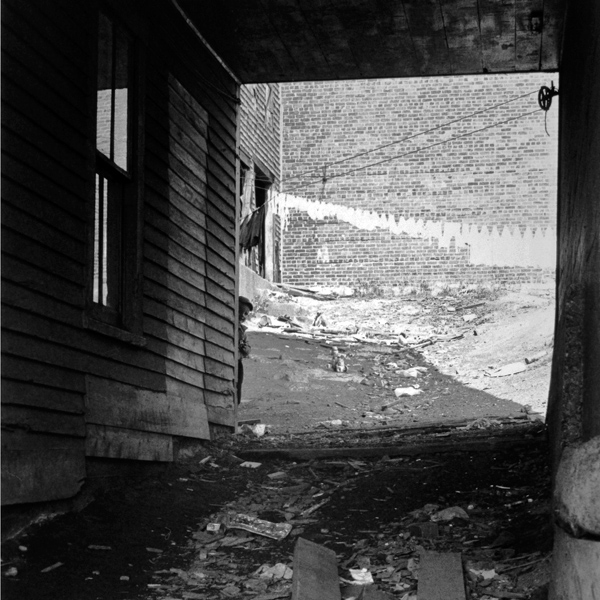
A young boy hides behind a house in a backyard of a deprived Canadian neighbourhood.
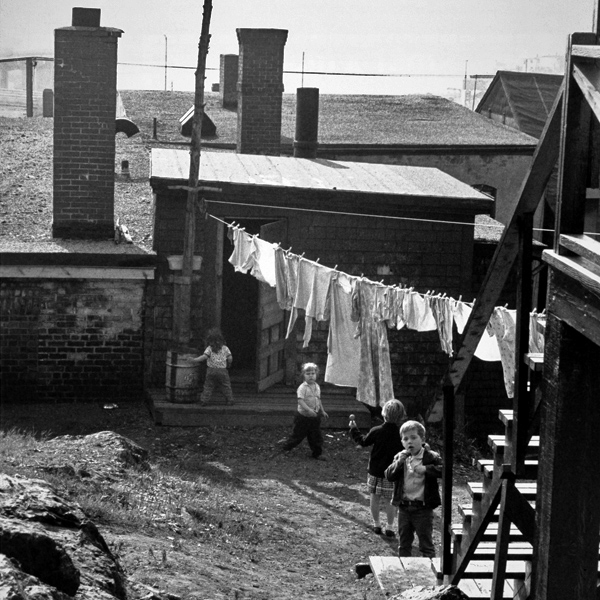
Children play in a backyard of a poor Canadian neighbourhood next to drying clothes on a clothesline.
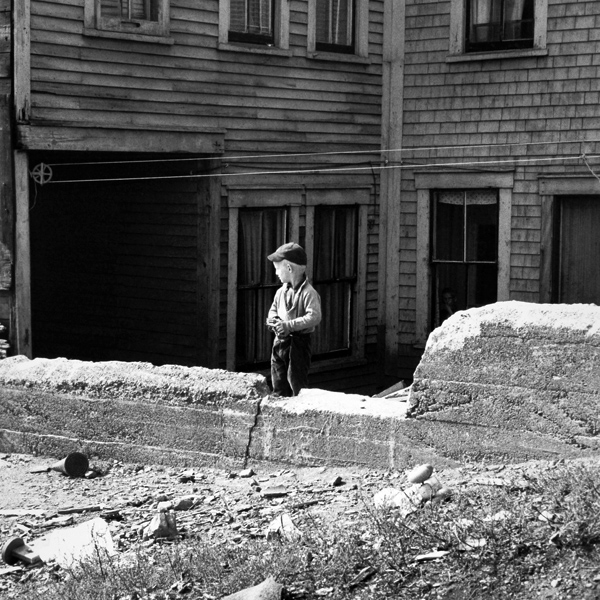
A young boy plays with a toy gun in a backyard of a deprived Canadian neighourhood.
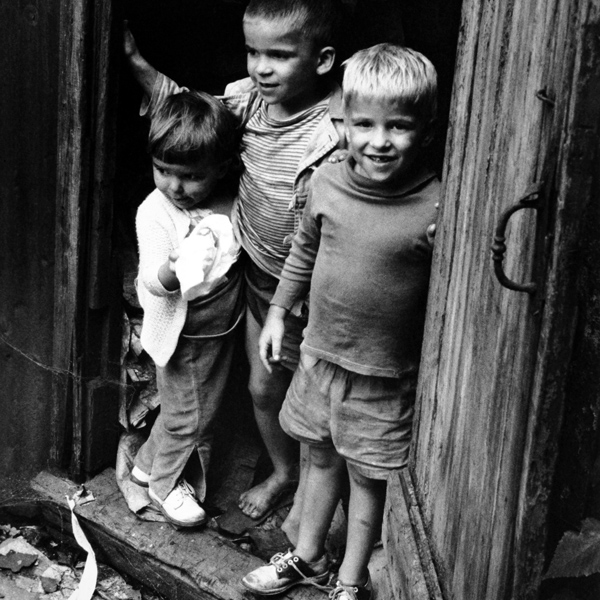
Three children stand in the doorway of a shack-like home in the slums of a Canadian city.

Children stand on the backyard staircase of a rundown tenement building in the slum neighbourhood of a Canadian city.
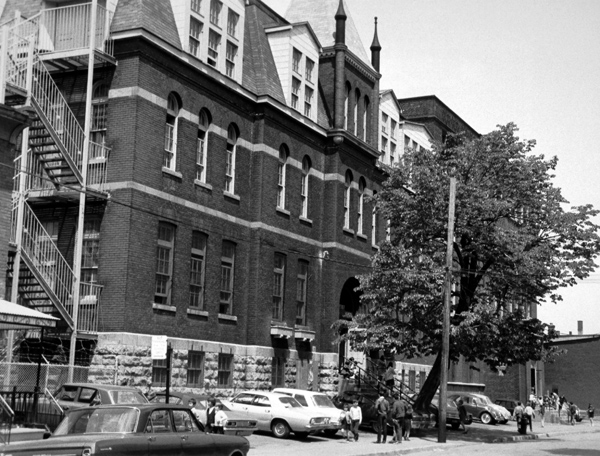
Exterior view of the Lorne Elementary School in Pointe-Saint-Charles.
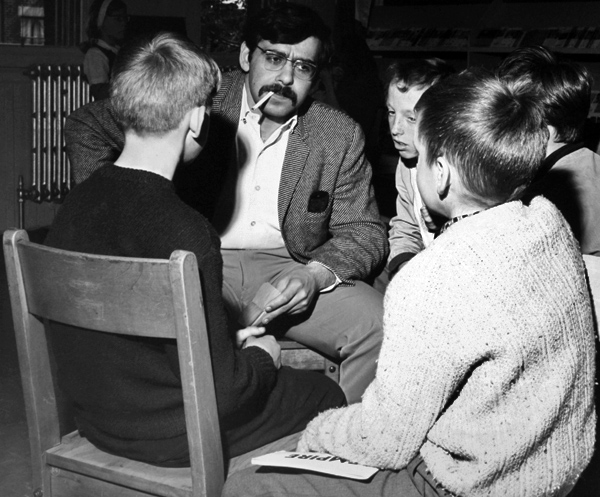
Pictured: [NFB commissioner] Jacques Bensimon.

A schoolteacher looks over one of her pupils as he becomes familiar with the handling of a filmstrip projector in a classroom of the Lorne Elementary School in Pointe-Saint-Charles, Montreal, Quebec, Canada, May 1968.
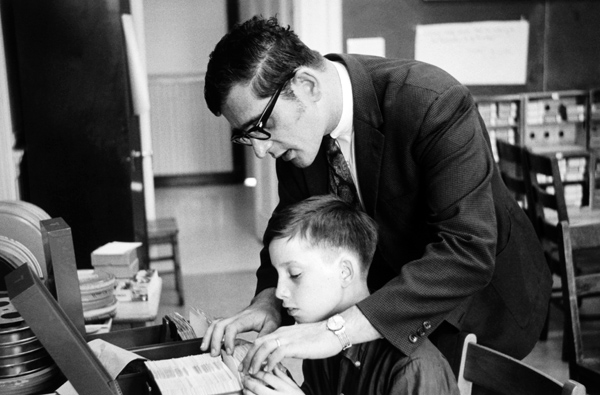
A male teacher helps a young boy researching a film topic through NFB filing cards in a classroom of the Lorne Elementary School in Pointe-Saint-Charles.

A young boy looks at the images projected by the filmstrip projector that he is operating in a classroom of the Lorne Elementary School in Pointe-Saint-Charles.

A male teacher helps a young girl operating a filmstrip projector in a classroom of the Lorne Elementary School in Pointe-Saint-Charles.
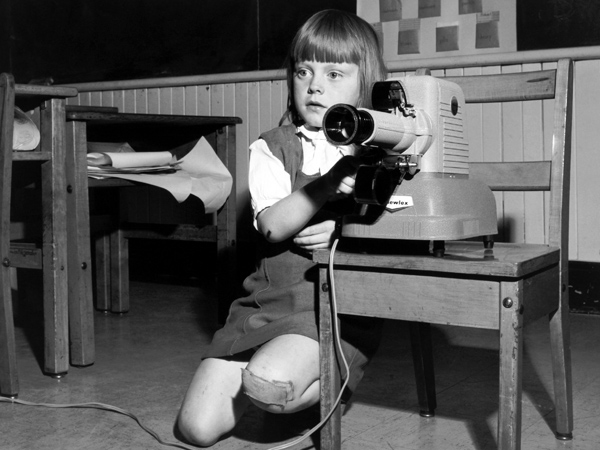
A young girl looks at the images projected by the filmstrip projector she is operating in a classroom of the Lorne Elementary School in Pointe-Saint-Charles, Montreal, Quebec, Canada, May 1968.
*
Header image: A young girl with scissors in her hands, sits on a littered sidewalk in front of a house in the slum neighbourhood of a Canadian city.

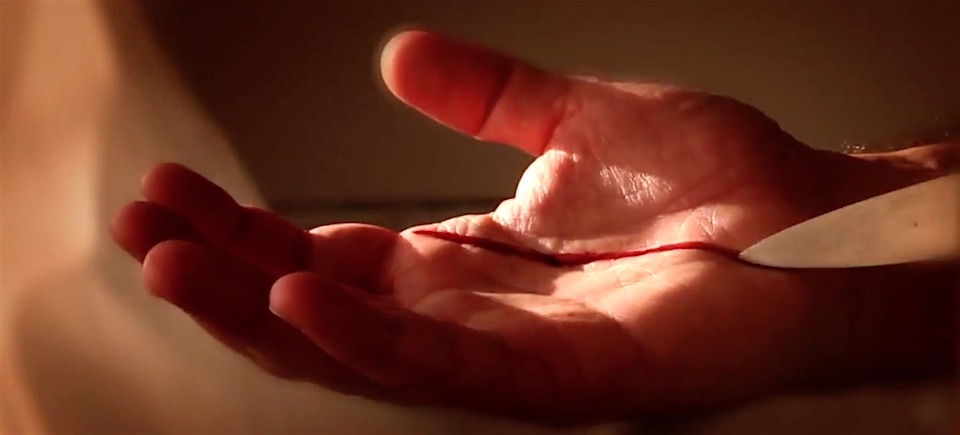

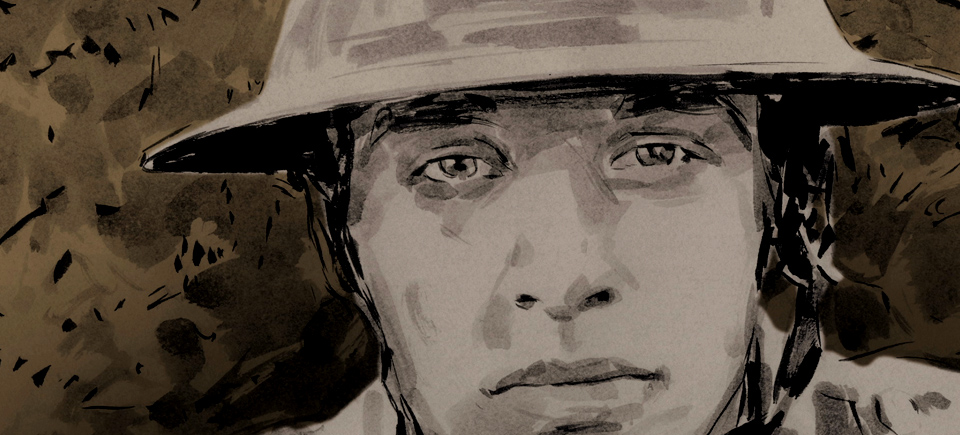
I have an original 1970s helical scan video tape that we made in Montreal through Challenge for Change, sponsored by Dorothy Henaut. We did PortaPak video mostly in Montreal and a bit in Quebec city when our Ontario-based Free School (The Everdale Place) visited Montreal one winter. Anyone got equipment that will read this thing? It’s over 45 years old and I’m sure all the splices will need to be redone before it can be played.
Seeing this gives me wonderful memories – the 4th picture from the last is my brother Jerry who loved his time with NFB and always, until his death at age 56, kept this memory as one of his most cherished. We did not consider ourselves poor nor living in a “slum”. We had friends, wonderful family, clothes on our back and food to eat. My parents taught us that hard work was the way of the world and if you put your all in to it, no matter what it was, you could be proud of yourself. We had riches then beyond belief! I and my other brother Rob went on to serve in the Canadian Forces and we are proud of this – my oldest son now serves and I brought up both my sons to honour yourself and your hard work – something our Irish family believed in!
The second-to-last photo says, “A male teacher helps a young girl operating a filmstrip projector in a classroom of the Lorne Elementary School in Pointe-Saint-Charles.” Actually, in this photo, the projector in question is clearly different from all the others in the photos identifying people with filmstrip projectors. In this second-to-last photo, what we see is a super-8 movie cartridge projector. We used to have them in the AV Department of Vanier College in the early 1980s when I started work there. Filmstrip projectors showed still images in a strip of transparencies similar to slides, but without the individual mounts, wile super-8 cartridge projectors showed silent movies.
These priceless photographs are such a pleasure to look at and a reminder of our beautiful city, although still struggling truggling today, in colour.
I’m one of the lucky ones, I got to be the picture editor on “Challenge For Change”, sequel to “The Things I Cannot Change” 1966 By Tanya Tree Ballantyne.
Thank you studio C and NFB.
Hedy Dab